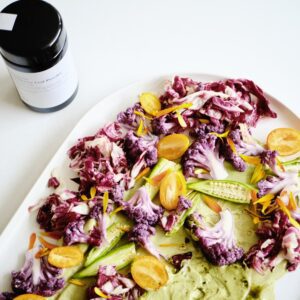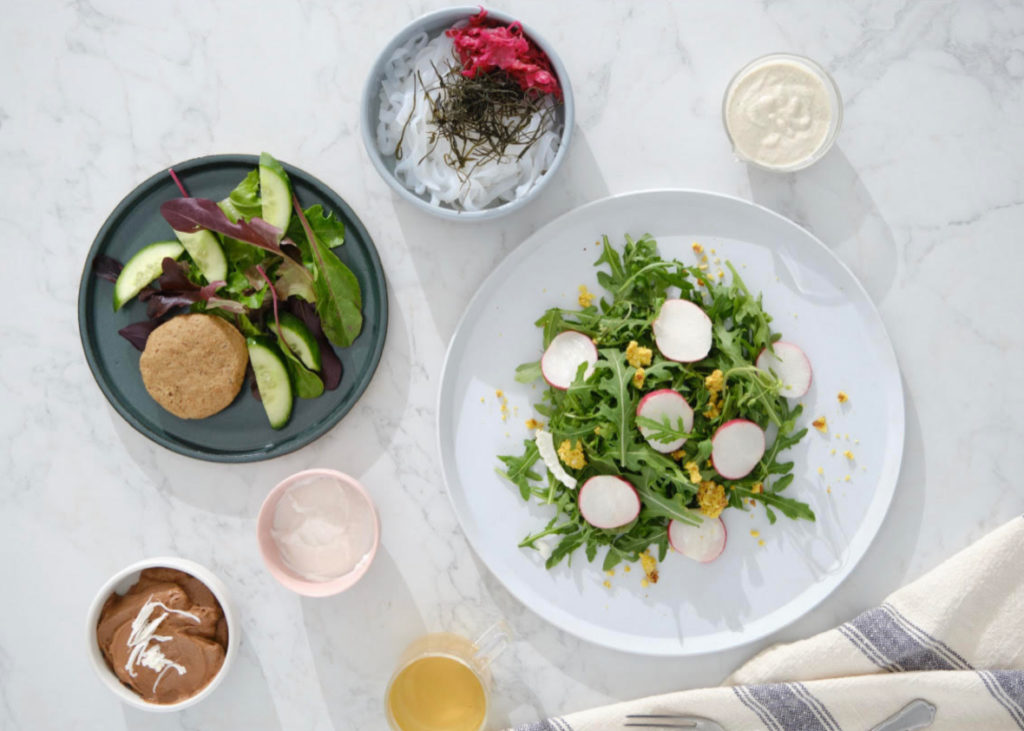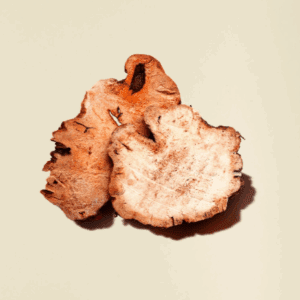
Coconut Yoghurt Cream with Mustard & Mulberry Leaf Powder
If you’re looking for a natural way to support blood

Kick-start, energise, rejuvenate
All carefully planned and prepared to help nourish, reset and rejuvenate the body and mind.
Gynostemma and reishi are my two top herbs. Reishi has been getting much attention but gynostemma is not widely known yet.
It may be because it is not one of the traditional chinese herbs but it is more of a folk herb. It was only discovered in early 1970s when Japanese researchers found them growing on Southern China when they were looking for sugar substitute.
Gynostemma pentaphyllum, makino in japanese or jiogulan in Chinese has a compound similar to one of the most famous adaptogens, ginseng. Ginseng has an average of 36 saponins, which are the beneicial compounds. Gynostemma contains over 80 different saponins.
In this episode we cover
The benefits and studies
https://www.ncbi.nlm.nih.gov/pubmed/7804367
https://www.ncbi.nlm.nih.gov/pubmed/29274434
https://www.ncbi.nlm.nih.gov/pubmed/28662582
https://www.ncbi.nlm.nih.gov/pubmed/29545210
https://www.ncbi.nlm.nih.gov/pubmed/26922140
Active compounds of gynostemma
The type of gynostemma we have chosen
How to use this tea
You can get our gynostemma here and Alchemy Blend, Modern Day Support, here
The link to the information night that I mentioned in the podcast is here and happening on 14th March

If you’re looking for a natural way to support blood

Despite growing threats to our well-being, the human longing for

There are herbs and mushrooms that make waves in the
Copyright Shoku Iku © 2024 | All Rights Reserved.
The statements on this website have not been evaluated by the TGA or FDA. These products are not intended to diagnose, treat, cure or prevent any disease.
Sign up to receive your discount.